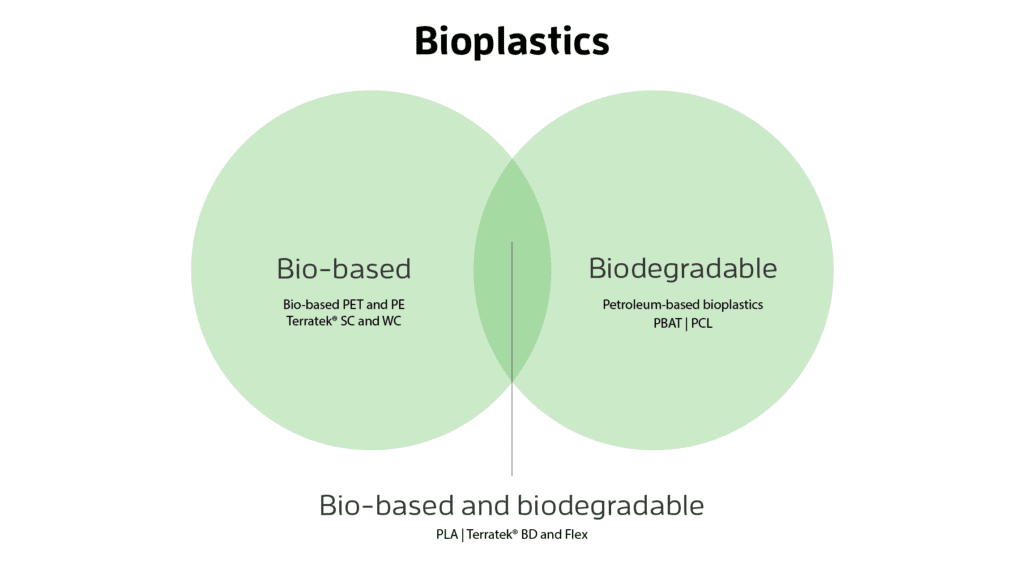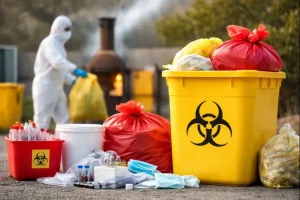
Government Funding Schemes for Startups in India: A Complete, Actionable Guide for Founders (2025)
All articles Government Funding Schemes for Startups in India: A Complete, Actionable Guide for Founders (2025) By Ketul Updated 24 Dec, 2025 10 min read




